April will mark the fifth anniversary of recommendations to enhance and improve the Illinois Longitudinal Data System (ILDS), as made by the Illinois Education and Workforce Data Task Force to the Illinois P20 Council and Governor’s Office. Despite the pandemic, remarkable progress has been made in the development of the ILDS, yet significant work remains.
The ILDS was passed into legislation in 2009 (Public Act 96-0107). The legislation called for developing “a data warehouse that integrates data from multiple student unit record systems.” Some of the goals outlined by the legislation were to:
- Reduce data collection
- Provide access to education institutions (early childhood centers, K–12 schools, and high education institutions) to inform education decision-making
- Link data to instructional management systems
- Enhance high school to post-secondary reporting
- Improve student access to educational opportunities
- Provide research and data tools for legislators and the general public
Making the Case for the ILDS: A Blog Series
In this first blog of the series, we overviewed the recent ILDS 2.0 initiative and its accomplishments.
In the second entry, “What Is in the ILDS? What Questions Can It Answer?,” we discussed the policy questions that a longitudinal data system can answer.
In the third entry, “Why Do We Need a Longitudinal Data System?,” we address how longitudinal data help answer key policy questions and why sharing data across state agencies is critical.
While many of these goals have been achieved over the last 15 years, the process is often cumbersome and time-consuming for researchers, agencies, and the public. In addition, while the scope of the original system was linking data across education agencies, the goals have expanded to include data from workforce and human services agencies. With that in mind, the Illinois P20 Council established the Education and Workforce Data Task Force in October 2018.
Education and Data Task Force
The Education and Data Task Force was established to review the progress of the ILDS and make recommendations moving forward. With the support of the Pritzker administration, the task force made recommendations to the P20 Council and the Office of the Governor in April 2019. These recommendations included:
- Establish leadership, vision, and goals to drive statewide P-20W data use
- Create data governance and oversight bodies to implement the vision
- Build capacity to support data use and management within and across agencies
- Focus on providing data that is useful to end users and builds local capacity
Over the last five years, EdSystems has worked with the governor’s office and state agencies to implement these recommendations. Significant progress has been made on all the recommendations, with more work to be done.
ILDS Current Status
Work started on these recommendations in 2019, and despite the disruption of the pandemic, remarkable progress has been made against all the recommendations. The table below captures the progress and achievements of the last five years:
| Recommendation | Status |
|---|---|
| Leadership and Vision | Launched the ILDS 2.0 initiative to centralize data management. Established a new vision, mission, and purpose. Developed a research and analytics agenda with priority domains, including early childhood, high school to college to career transitions, and the educator workforce. |
| Data Governance | Re-envisioned ILDS governance and established a new governance agreement. Approved two major data projects: the Early Childhood Participation dataset and the High School to College to Career dataset. Established processes for data requests, data management, and project governance. |
| Capacity Building | Established a centralized platform for data management, with support from the Department of Innovation and Technology. Defined roles and responsibilities for agency data personnel and the ILDS team. Provided training to all ILDS agencies and established processes for integrating data across the agencies. |
| Data for Local and Public Use | Worked with the early childhood community and the Illinois Early Childhood Asset Map team at the University of Illinois to design a new early childhood data hub. Continue to work with the Illinois Department of Employment Security to integrate the High School to Career and College to Career tools into the ILDS. |
However, despite the remarkable progress, challenges remain to bring the system fully online. Over the next year, the EdSystems team hopes to continue to work with agencies and the Office of the Governor to address these challenges.
In our next blog post on the ILDS, we will outline some of the most difficult barriers to overcome and suggest how the ILDS can move forward. To learn more about the work of the ILDS, check out the Spring 2023 and Winter 2024 progress updates.





